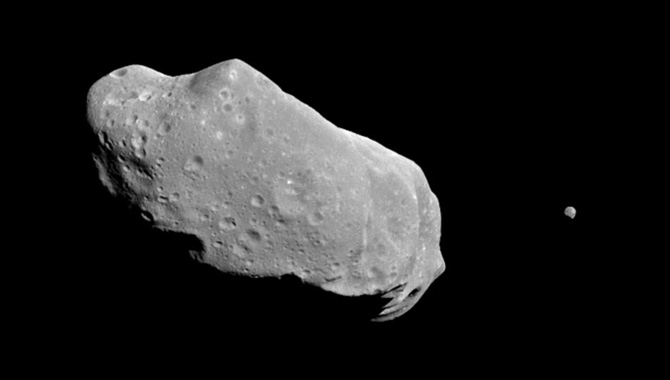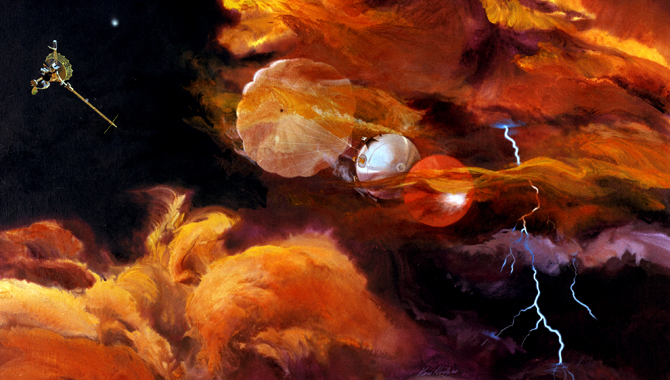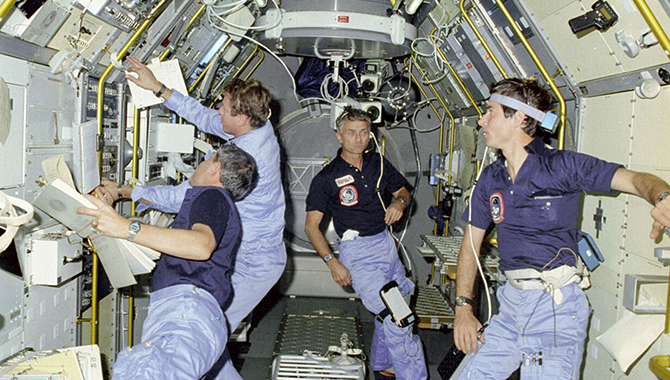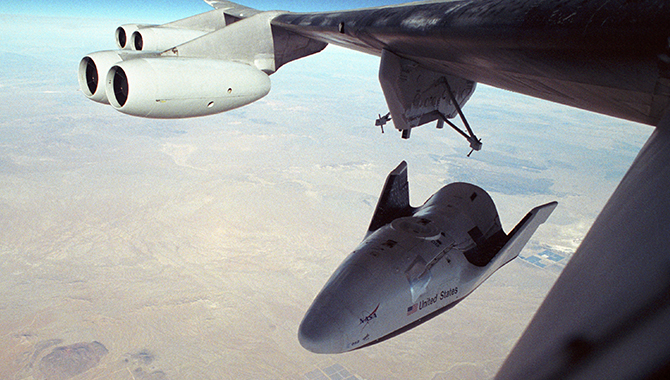
Twenty years ago this month, Galileo glimpsed asteroid 243 Ida and discovered it wasn’t alone.
On August 28, 1993, moving at a relative velocity of approximately 12.6 kilometers per second—or 28,000 miles per hour—the Jupiter-bound Galileo spacecraft zoomed past 243 Ida, an asteroid in the Koronis family. Discovered on September 29, 1884 by Johann Palisa, Ida is an S-type asteroid that is 58 km long and 23 km wide (or 36 miles by 14 miles) and resides in the outer part of the main asteroid belt between Mars and Jupiter.
This flyby was Galileo’s second glimpse of an asteroid, having passed by 951 Gaspra nearly two years earlier. (The Gaspra flyby marked the first time a spacecraft ever visited an asteroid.) The Galileo spacecraft didn’t have enough fuel to fly directly to Jupiter, so it relied on gravity assists from Venus and Earth to gain enough momentum to reach its final destination. In the process, scientists took advantage of Galileo’s flight path to snap images of Venus, Gaspra, and Ida along the way.
Galileo’s closest approach to Ida was 2,400 km. Equipped with several instruments, the spacecraft’s Solid-State Imaging (SSI) system captured images of the asteroid and beamed them back to Earth for further analysis. These images, in combination with data from the Near Infrared Mapping Spectrometer (NIMS), enabled scientists to confirm the discovery of an orbiting satellite around Ida—the first ever observed.
One-twentieth the size of Ida, the asteroid moon was named Dactyl, after the inhabitants of Mount Ida according to Greek mythology.
The Ida and Gaspra flybys were significant not only for their unique “firsts,” but also for providing scientists with the first high-resolution images of the surfaces of main belt asteroids. Lessons from the SSI instrument scientists have been documented for designing future flyby missions in a1996 article “Galileo’s Encounter with 243 Ida: An Overview of the Imaging Experiment” published in the journal Icarus.
Click to view full Flickr gallery.
Learn more about NASA’s Asteroid Initiative.
This color picture is made from images taken by the imaging system on the Galileo spacecraft about 14 minutes before its closest approach to asteroid 243 Ida on August 28, 1993. The range from the spacecraft was about 10,500 kilometers (6,500 miles). The images used are from the sequence in which Ida’s moon was originally discovered; the moon is visible to the right of the asteroid. This picture is made from images through the 4100-angstrom (violet), 7560 A (infrared) and 9680 A (infrared) filters. The color is ‘enhanced’ in the sense that the CCD camera is sensitive to near infrared wavelengths of light beyond human vision; a ‘natural’ color picture of this asteroid would appear mostly gray.
Photo Credit: NASA/JPL









